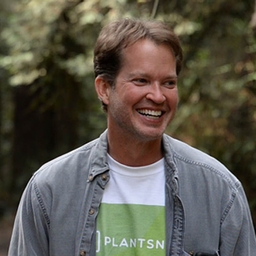
Articles
-
1 week ago |
earth.com | Eric Ralls
Men inherit their Y chromosome much the way families pass down a favorite pocketknife – practically unchanged from father to son. For decades, biologists treated this tiny stretch of DNA as little more than a switch for making testes. Recent work flips that idea on its head. The Y chromosome turns out to influence immune function, cancer risk, and even how long a man might live. Scientists once assumed its limited gene set made it a genetic lightweight.
-
1 week ago |
earth.com | Eric Ralls
When you juggle a phone number, an address, and directions – all while driving – you will notice that stray memory details, like the jingle on the radio, try to muscle their way in and vie for space and attention in your brain. Neuroscientists have long suspected that the brain employs an internal “memory janitor” that’s able to sweep that clutter away, and a new study finally catches the cleanup crew in action.
-
1 week ago |
earth.com | Eric Ralls
Quantum computers promise to solve puzzles that overwhelm the fastest super‑computers, yet training many of today’s flagship algorithms often feels like pedaling in sand. Researchers call the trap a “barren plateau.” These barren plateaus are stretches of the quantum algorithm optimization landscape so unnervingly flat that gradient‑based methods cannot tell uphill from downhill.
-
1 week ago |
earth.com | Eric Ralls
The universe keeps hiding most of its mass, yet it leaves telltale fingerprints. Astronomers are about to read them with NASA’s Nancy Grace Roman Space Telescope, slated to launch in 2027. Roman’s survey camera will sweep the sky for more than 160,000 distorted galaxy images, which act as natural zoom lenses forged by gravity.
-
1 week ago |
earth.com | Eric Ralls
Physicists have been searching for ways to link photons and local quantum bits in a single system. One approach that uses quantum dots is particularly appealing. By carefully steering atomic nuclear spins, researchers have found a way to store and retrieve quantum information without sacrificing stability or flexibility.
Try JournoFinder For Free
Search and contact over 1M+ journalist profiles, browse 100M+ articles, and unlock powerful PR tools.
Start Your 7-Day Free Trial →